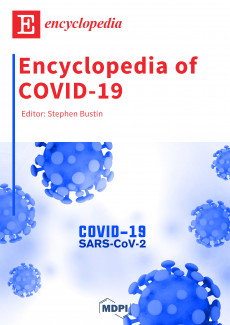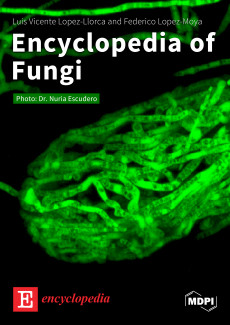Topic Review
- 408
- 16 May 2023
Topic Review
- 407
- 08 Mar 2021
Topic Review
- 407
- 26 Jul 2023
Topic Review
- 407
- 25 Aug 2023
Topic Review
- 406
- 29 Mar 2022
Topic Review
- 405
- 10 Feb 2022
Topic Review
- 404
- 30 Aug 2022
Topic Review
- 404
- 08 Mar 2024
Topic Review
- 404
- 08 Mar 2024
Topic Review
- 401
- 18 Jun 2021
Topic Review
- 401
- 11 Jan 2022
Topic Review
- 401
- 28 Jan 2022
Topic Review
- 401
- 22 Mar 2022
Topic Review
- 401
- 08 Mar 2024
Topic Review
- 399
- 11 Oct 2022
Topic Review
- 398
- 09 Mar 2021
Topic Review
- 397
- 08 Mar 2024
Topic Review
- 396
- 20 Jan 2022
Topic Review
- 396
- 21 Mar 2022
Topic Review
- 395
- 23 Dec 2021
Featured Entry Collections
>>
Featured Books
- Encyclopedia of Social Sciences
- Chief Editor:
- Encyclopedia of COVID-19
- Chief Editor:
- Encyclopedia of Fungi
- Chief Editor:
 Encyclopedia
Encyclopedia



